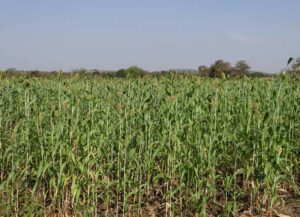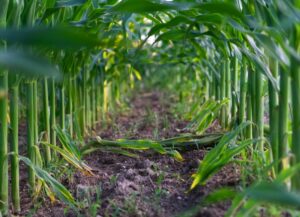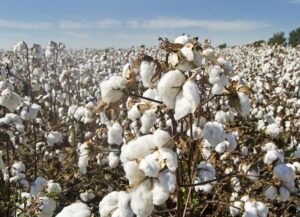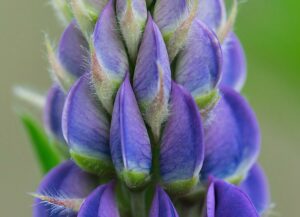Maria Villagrasa
Oats is considered a cold season crop, mainly grown in temperate to colder climates. The overall energy concentration of the forage is low, because of its high fiber and lignin, and low starch concentrations. The grain is high in fat content (4.9%) with high levels of unsaturated fatty acids (35% oleic and 39% linoleic fatty acids),
With a protein content of around 9%. Its solubility and ruminal degradability are very high. Compared to other grains it has a high concentration of essential amino acids particularly high concentration of cystine (3% of the total protein).
The consumption of foods enriched in polyunsaturated fatty acids (PUFA) such as linoleic acid (C18:2; n6) and linolenic acid (C18:3; n3) or vitamins, seems to be a good option to reduce the risk of the onset of certain diseases.
The demand for dairy products from ruminants enriched with these substances has made part of the research focus to understand the different factors that can affect the amount of PUFA and vitamins in forages, one of them being wilting the forage.
Wilting dehydrates the forage in the field to increase its dry matter (DM) content to an acceptable concentration that will enhance the activity of lactic acid-producing bacteria and minimize the effluent from the silage.
One study (Liu et al., 2020) researched the effects of wilting oats at night on its PUFA profile, tocopherols (vitamin E) and carotenes (provitamin A) after ensiling.
Cut oat forages underwent two treatments: no wilting (control) and overnight wilting for 14 hours (6:00 p.m. to 8:00 a.m.). The material was then cut with a fodder chopper to 1-2 cm particle size and ensiled in mini silos for 100 days.
Effects of wilting on oat’s chemical and microbial composition
The results of this study indicated that wilting influenced the chemical and microbial composition of oats. Compared to the oats control, wilting caused the DM content to increase (30.8 vs. 27.4% fresh matter; FM), neutral detergent fiber (56.7 vs. 53.6% DM) and acid detergent fiber (33.4 vs. 29.4% MS), as well as the amount of aerobic bacteria (7.38 vs. 6.73 log10 cfu/g FM) and yeasts (4.39 vs. 3.36 log10 cfu/g FM), but caused a decrease in the content of water-soluble carbohydrates (sugars; 4.39 vs. 7.48%), and the number of lactic acid bacteria (4.46 vs. 5.23 log10 cfu/g FM).
On the other hand, the concentrations of linoleic and linolenic acids were the same for both treatments, as was lipoxygenase activity. However, compared to the control oats, wilting reduced α-tocopherol (14.4 vs. 18.2 mg/kg DM) and β-carotene (19.3 vs. 26.6 mg/kg DM).
With respect to the PUFA profile, a significant increase in linoleic acid was observed in the control oat silage and the wilted oats compared to the corresponding non-ensiled material (0.12 vs. 0.04% control; 0.12 vs. 0.04% with wilting). Wilting however, did not influence the content of this fatty acid in the silage, or the concentration linolenic acid.
In conclusion, overnight wilting did not influence the content of PUFA, but produced losses in sugars, tocopherol and carotene in oat forage.
Reference
Q.H. Liu, J.X. Wu, Z.H. Dong, S.R. Wang, T. Shao. Effects of overnight wilting and additives on the fatty acid profile, α-tocopherol and β-carotene of whole plant oat silages. Animal Feed Science and Technology 260 (2020) 114370.
© 2020 Dairy Knowledge Center. All Rights Reserved.









